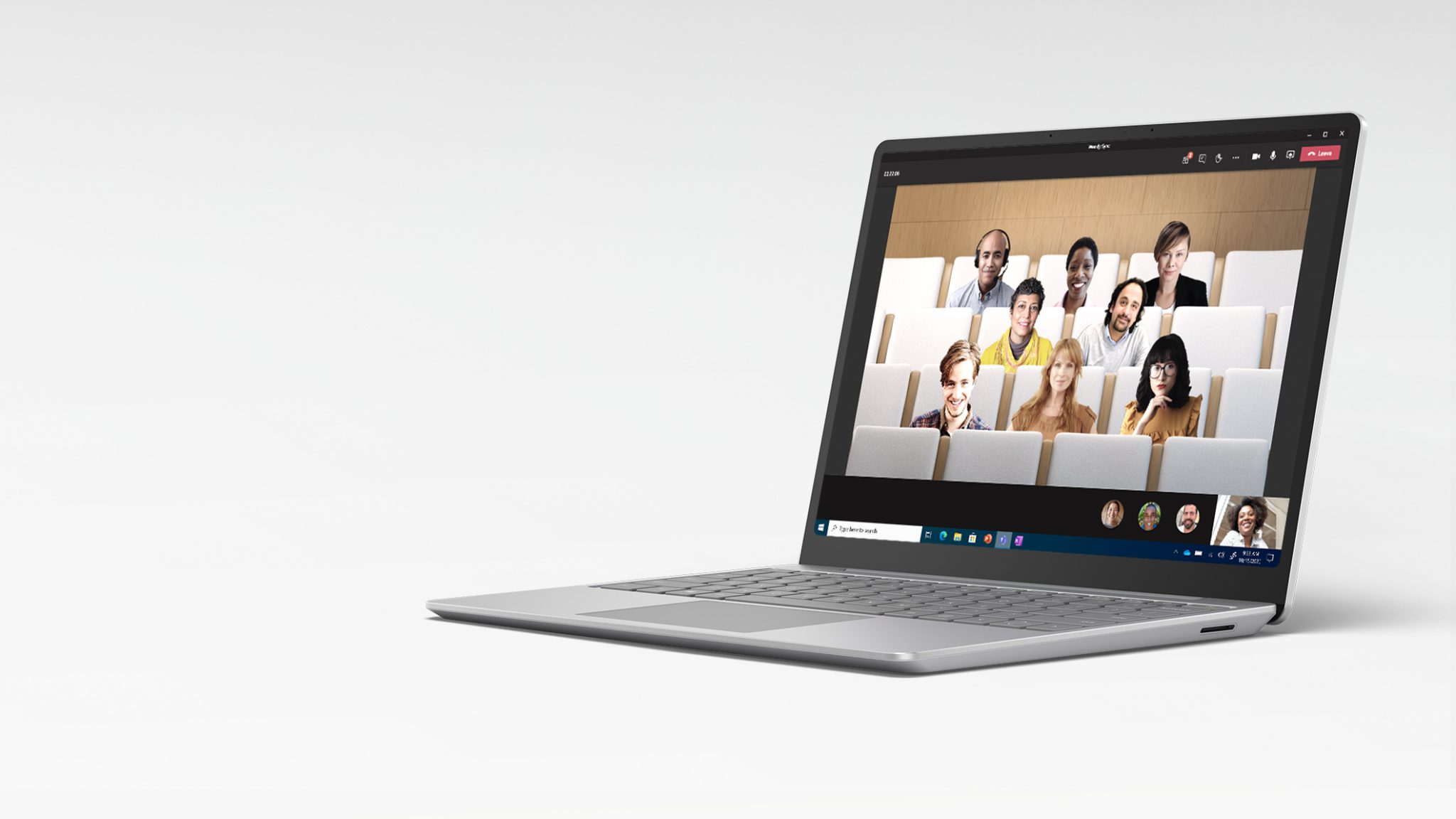

so I just accepted the massive expensive price tag on the 2080 Ti to be safe. I waited for the 2080 Super but at the end of the day nVidia brought us a card that is 8% faster on average than a 1080 Ti at the same price point, disappointing specially when latest AAA games are even more demanding like Metro Exodus and upcoming RDR2 and Cyberpunk 77. Yeah, I end up going all out on the 2080 Ti at the end of the day, from experience with my 1080 Ti there's the need to fine tune every game to keep on the 100fps margin (also 100hz 1440p ultrawide), considering the 5700XT is ever so slightly slower than the 1080 Ti on average when you OC both I felt that AMD is really out of the picture for me as I wanted to keep as close to ultras as possible. Given that I have a 3440x1440 screen (~ 90hz) and want some future proofing. Https: //V = Yi-_T3vsv-Q & feature = youtu.be &. Surprised that no more people have tested this, seeing how striking the results are. For my part, I have no problem waiting until Ray Tracing breaks through before investing in that technology, and then a $ ~450 card is a decent investment until that day. One trait you lose is of course Ray Tracing, but all cards except possibly 2080TI today find it difficult to deliver a stable 4k experience with ray tracing. With a little cheating you reach the performance equivalent to a 10,000 SEK card which should give you a fairly strong performance with this card for the foreseable future. This really makes me await the AIB cards and most likely will run on a 5700 XT. Just the fact that this is an on / off button for all DX9 / DX12 games (really hoping for DX11 during the year) is a huge benefit to the NAVI cards (works for other cards too but with a bit more performance loss than <1, 5%). If you then use ~ 80% GPU Scaling and RIS giving you a 27% boost to 164, which is very close to the 2080 TI performance (169) !! Multiply this by 1.05 for overclocking and you land at 129. They got a total of 123% performance (compared to GTX 1080).
#Workplace xt image viewer pro render image issues series#
In Sweclockers 5700 XT Test the 5700 XT was tested in 4k with ultra-settings DX12 among a series of games to get a performance average over a multitude of titles. This gives a base performance of 105% + an additional 27% FPS boost to very small identifiable quality loss! Summary: Overclock + ~ 80% GPU Scaling + RIS gives comparable performance as a 2080 TI card! 80% scaling provides a 27% FPS boost with hardly no noticable quality loss!ĥ% Overclocking should easily be reasonable for an AIB cardĬombine this with an AIB card that creates clearly better cooler solutions that should at least create overclocking space of 5% (with only automatic overclocking as I interpret it based on this test: )


Hardware unboxed tested alot of different gpu scaling options and found the 70-80% scaling sweetspot where its very hard to spot quality differences between scaled and native 4k. Most sources I linked to below have tested 1440p upscaled to 4k resolution and they think it is a very good tradeoff for close to 50% performance gain, but you can easily see the difference if you zoom in and compare native / scaled resolution. Nvidia's DLSS only works in combination with Ray Tracing where the GPU is valued, and DLSS steals a lot of performance from the card while this is near intangible for 5700 / 5700XT (max -1.5% performance in FPS drop) A huge advantage for Radeon is that it works for all DX9 and DX12 games without any need for local customization in all games. Noticeable improvement in sharpness in games without major downsides (some vegetation may be a little too sharp). In comparable tests, RIS wins in almost all games compared to Nvidia's DLSS (possibly the exception of Tomb Raider where DLSS delivers well). TechSpot/Hardware unboxed did the most comprehensive review and Igor have also made a walkthrough of the image sharpening features compared to DLSS (links in the end) I have tried to gather all the sources I found and try below to try to summarize the results / conclusions of these. Something that has not been extensively tested and discussed is Radeon Image Sharpening (RIS) combined with GPU scaling for DX9 / DX12 titles (potentially DX11 if the technology becomes popular). In my endless wait for 5700XT AIB card, I have weighed a lot of back and forth between 5700 XT and 2070 Super, given that I have a 3440x1440 screen (~ 90hz) and want some future proofing.


 0 kommentar(er)
0 kommentar(er)
